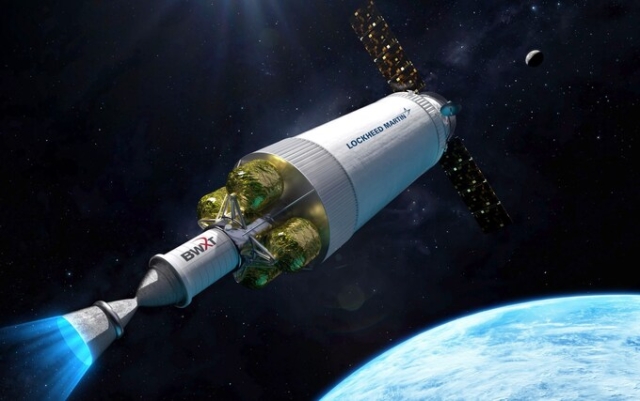 An illustration of a proposed nuclear-powered spacecraft that could be ready for launch by 2027. Credit & Copyright: Lockheed Martin. NASA is developing a powered rocket that could halve the time it takes to travel to Mars.
An illustration of a proposed nuclear-powered spacecraft that could be ready for launch by 2027. Credit & Copyright: Lockheed Martin. NASA is developing a powered rocket that could halve the time it takes to travel to Mars.
Currently, it takes seven to nine months to cover a 140 million miles (225 million kilometers) flight, but the engine, powered by nuclear fission, can send people there in three to four months.
The nuclear reactor will only be turned on after the rocket is outside the Earth's atmosphere to reduce the potential risk of catastrophe.
A $500 million project called the Demonstration Rocket for Flexible Operations Over the Moon (DRACO) could be ready for launch by 2027.
NASA said nuclear propulsion is a key capability on its roadmap for sending astronauts to Mars.
It said that the nuclear-powered rocket «will allow faster flights to the Red Planet, making missions less difficult and safer for the crew.»
«Lunar Economy»
If it is developed, it will be the first nuclear rocket to fly into space. It will also allow military satellites to be quickly maneuvered in orbit around the Earth and help create a «lunar economy».
The rocket will be equipped with a nuclear thermal propulsion (NTP), which will improve fuel efficiency, require less fuel on board and leave more places for equipment.
NTP works by pumping liquid fuel through the reactor core, where low-enriched uranium atoms are fissioned.
In the process, the fuel is heated from -259 to 2427 degrees Celsius, converted to gas, and sent through a nozzle to create thrust .
The design will allow the motor to continue accelerating before slowing down, which modern motors are not powerful enough, resulting in a significant portion of the path being wasted on coasting.
The project is a joint venture of the US Department of Defense. The Advanced Research Projects Agency (DARPA), the research arm of the US Department of Defense, and NASA.
Limiting exposure to radiation
Cooperation will help «accelerate the development of technologies needed to send people to Mars.» said NASA Associate Administrator Pam Melroy.
«This demonstration will be a decisive step in achieving our goals of transporting crew into deep space from the Moon to Mars.»
Colorado-based Lockheed Martin is leading the development of the rocket, while BWX Technologies is designing and building it. a nuclear fission reactor to power the engine.
«These more powerful and efficient nuclear thermal propulsion systems could enable faster transit times between destinations,» said Kirk Shearman, vice president of lunar exploration at Lockheed Martin Space .
«Reducing travel time is vital for manned missions to Mars in order to limit crew exposure to radiation.»
He said it was «top-notch technology» and that it was «safe a reusable nuclear space tug would revolutionize circumlunar operations. With greater speed, agility, and agility, nuclear thermal engines also have many national security applications in cislunar space.”
NASA began development of nuclear thermal rocket engines in 1959, but these projects never came to fruition . Funding dwindled and the program was closed in 1973 pending flight testing.





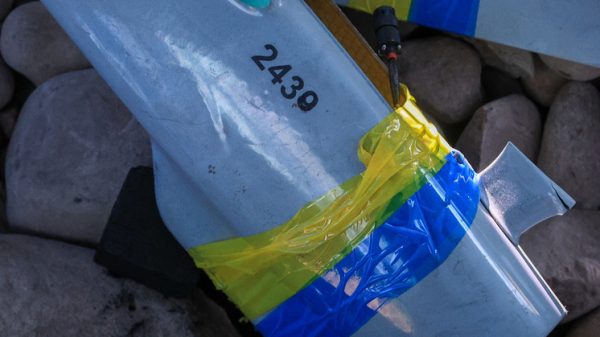














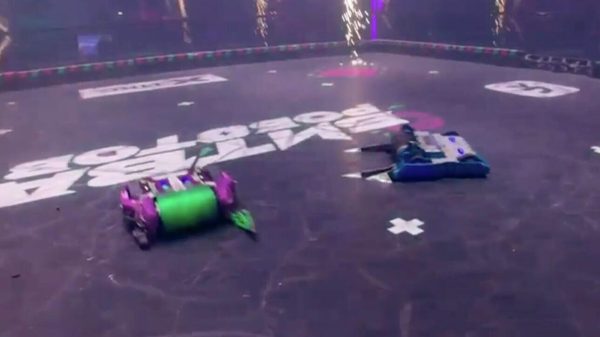
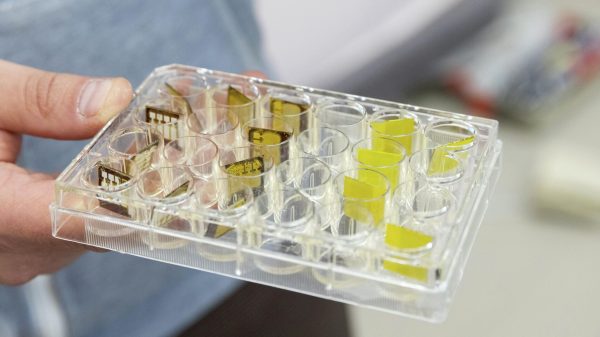





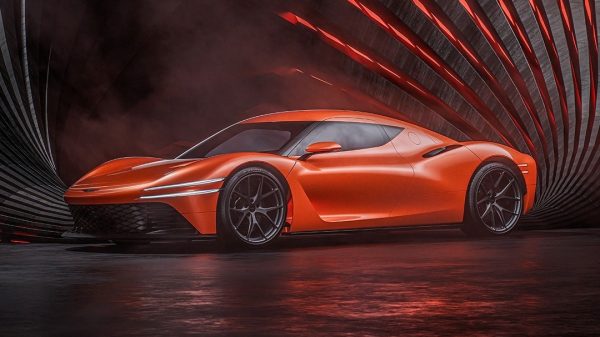
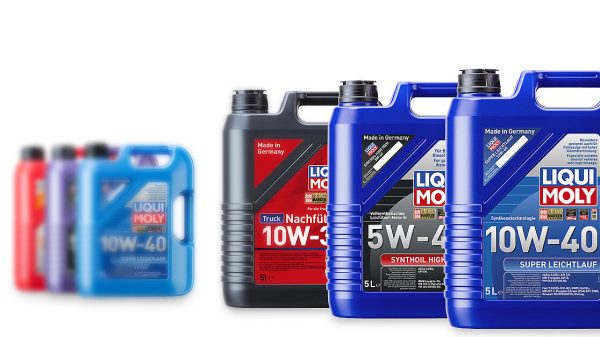


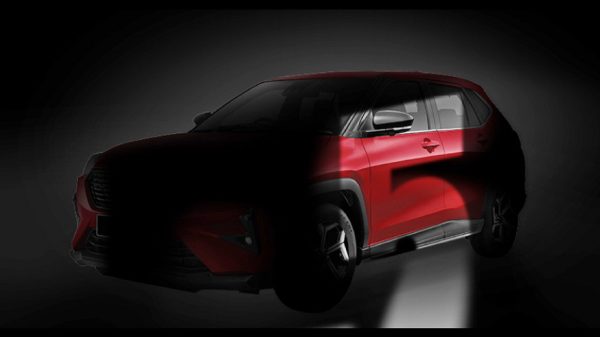






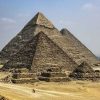












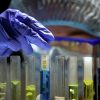
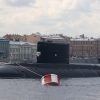


Свежие комментарии